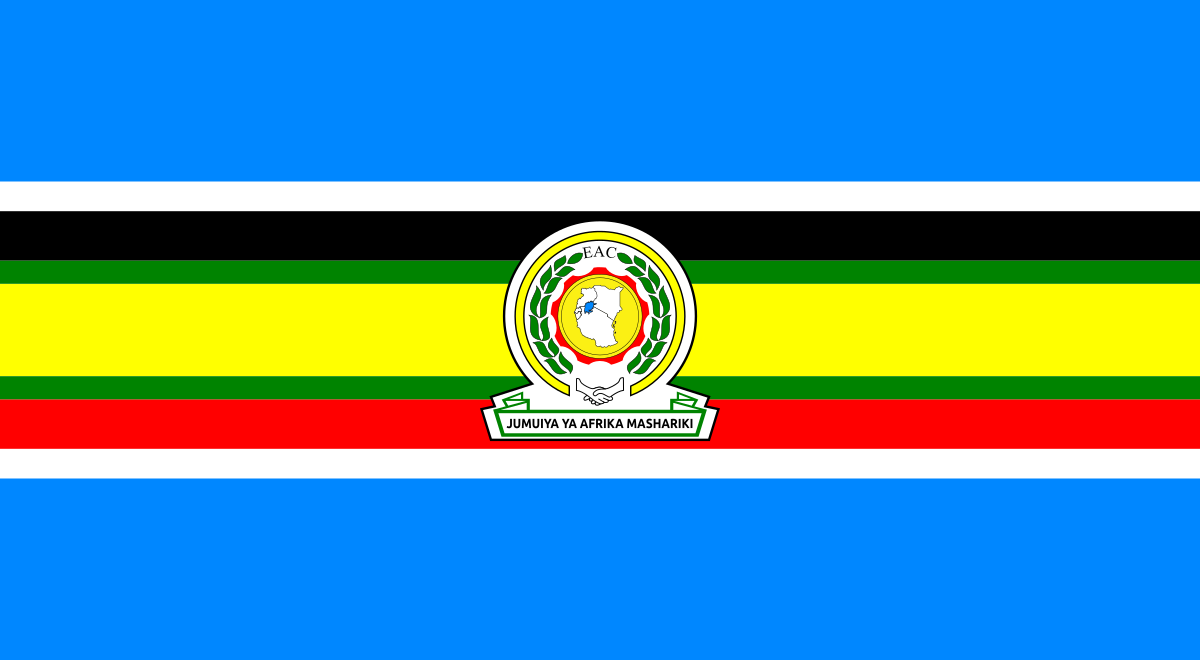President Yoweri Kaguta Museveni yesterday commissioned the rehabilitated Mukono-Kampala meter gauge railway line.
The 26.8 km railway line has been constructed using concrete sleepers that were manufactured by Imathia Construction Factory in Kawolo, Lugazi. This rehabilitated section is designed for speeds of up to 120 km/h, a significant upgrade from the old infrastructure, which allowed for only 20-35 km/h. The commuter train currently has a capacity of transporting 650 people in a single trip.
During the launch, President Museveni revealed that the current transport system is inefficient, and the government has begun to rationalize it to achieve effectiveness and efficiency.
“Remember, the economy of Uganda had collapsed under Idi Amin in 1971, and by the time we came, it had shrunk by 40 percent. We, therefore, undertook an initiative to revive the economy, and it has now been revived. And because of the revival, we now face the pressure for rapid rationalization of the transport system,” he said.
“The revived economy has put so many vehicles on the roads, and these roads can’t cope rationally with the pressure. This is because everything is on the roads: cargo, petroleum products, and passengers.”
President Museveni further disclosed that the government will support the extension of the railway line from Mukono to Lugazi and then to Jinja.
“I will support the allocation of money from the Spanish government to finish this part from here to Lugazi and then to Jinja. But even without external support, we are going to fund it because we have no alternative,” he said.
“Where we are going, we are not going to have the Kigogwa incident where people got burned trying to get free fuel when a petrol tank overturned, because much of the petrol will be transported by pipeline. So, all those trailers will get off the road,” he added.
The President also noted that railway and water transport are cheaper, which is why they are better than road transport.
“It is rational that petroleum products must be transported through pipelines to and from Mombasa, to and from Dar-es-Salaam, and later alone from the refinery in Hoima to the distribution points in Buloba,” he said.
“Then, cargo should be moved from the roads to the railway. What we are doing here is a test, and it has caused so much excitement. We have so many passengers that we don’t know what to do with them. That’s very good. We are therefore going to work very hard, get the money so that we can acquire more locomotives and wagons, and extend to Kyengera, Bujjuko, Port Bell, and then to Lugazi.”
The Minister of Works and Transport, Gen. Edward Katumba Wamala, informed the President that the commissioned railway line is a vital infrastructure in addressing transport challenges.
“We started the commuter train as a trial. When we got this line for Namanve, we said, why don’t we try a passenger train instead of waiting for only the goods train? And we saw that we could do this early in the morning and late in the evening, because that’s when most people move in and out of Kampala,” he said.
“What started as a trial has now become a good challenge. That challenge is how do we increase the services, which have moved from Mukono up to Lugazi? Your Excellency, on average, we move about 650 people every morning and evening, within 40 minutes from here to Kampala.”
Gen. Katumba Wamala added that the railway transport will help users retain some disposable income due to pocket-friendly, subsidized fares.
The Chairperson of the Board-Uganda Railways Corporation, Al-Hajji Abdallahtifu Wangubo, thanked the President for his wise leadership and support toward the construction of the railway line.
“With the wise leadership of the President, we have seen many changes that have enhanced the stability of transit. Your Excellency, when you launched the Standard Gauge Railway construction in Tororo, you mentioned how you had been told about the large numbers of Ugandans using the old passenger train and how they kept pushing one another to get inside. Indeed, Your Excellency, it’s true, the ridership is too much. We are overwhelmed and pray that we get more train coaches,” he said.
He further noted that the train saves both time and money.
“Your Excellency, we have allowed your Bazukulu to travel at an affordable cost. From June to date, we have transported over 220,000 passengers along the Kampala-Mukono route. We intend to expand this even further when we add other routes such as Kampala-Kyengera and Kampala-Port Bell,” he said.
Al-Hajji Wangubo added that the railway sub-sector is on a transformation trajectory, and the government has already acquired a facility from the African Development Bank to undertake major changes in the meter gauge infrastructure.




















